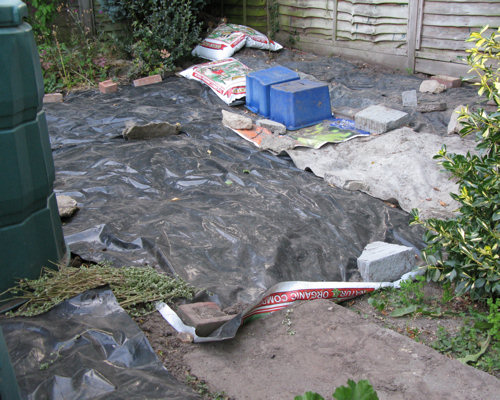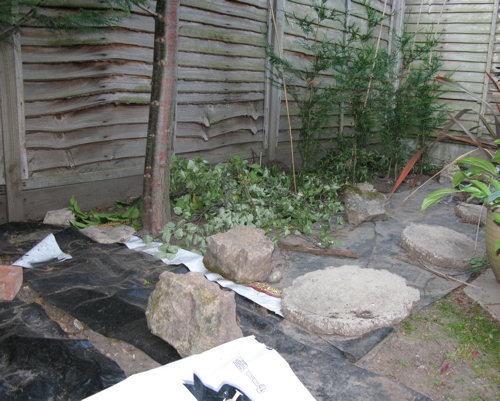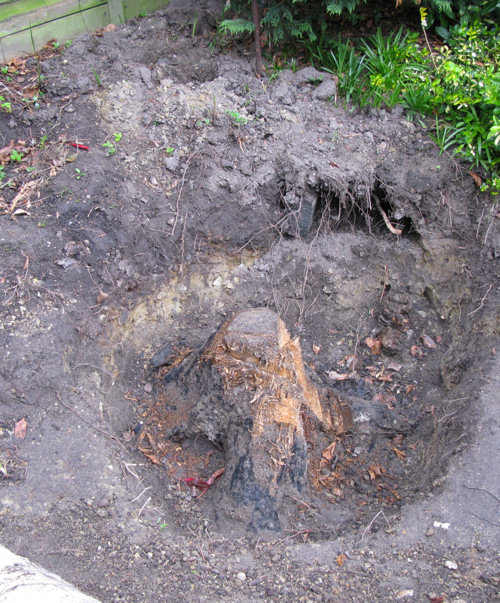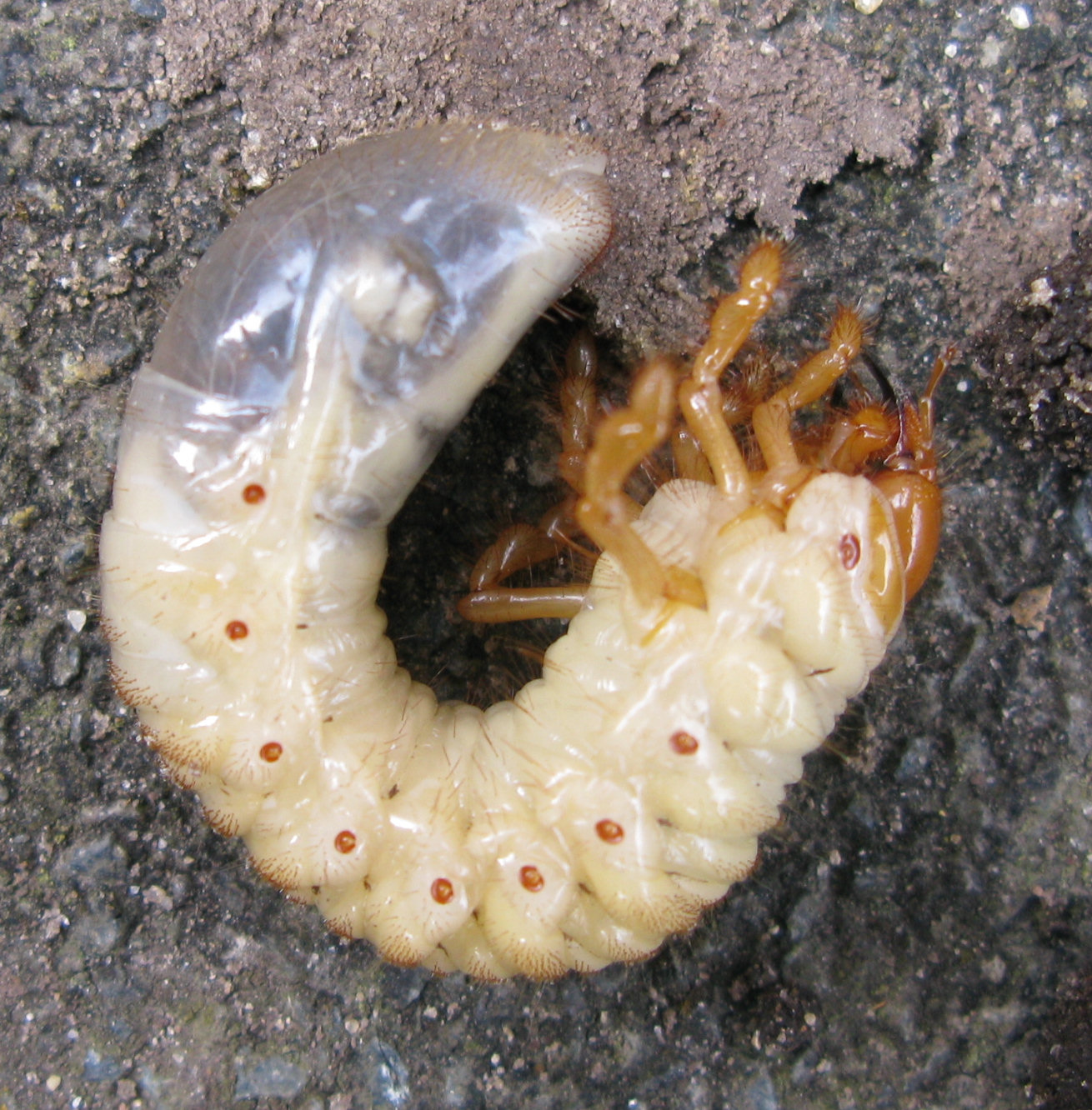Cat Prevention
The heatwave carried on today, and so did I. I drilled holes in the bottoms of seven big square planters and repotted thuja in two of them. Well, it’s a start. I also continued to tidy up the Portable Herbaceous Border and it’s looking much better. I’ll take a photo when I’ve finished. In the meantime, here is a picture of the left hand edge of my garden. Between the fence and the path there is just enough soil for plants to get in. Usually it’s weeds, but right now there is a good sized colony of lychnis, which is a grey-leaved plant with bright magenta flowers. I will weed this edge by hand rather than use glyphosate, because a line of lychnis by the fence would be absolutely lovely.
The cats are still causing me problems. I think people should need planning permission to keep a cat. After all, if I decided to run a chip-making factory from my home, the Council would close me down if the neighbours didn’t like the smell. And the messes the cats leave behind smell far worse than chips. One or two cats would be all right (although I’d prefer none at all) but I think there are six or seven using my garden as a toilet at the moment. Once the density of cats exceeds, say, one cat per 1000 square metres, the Council should refuse permission for anyone in the area to acquire any more cats, or anyone to bring a cat when they move into the area.
I have used two supposed cat repellents: Get Off, which consists of green crystals with a soapy smell, and something else, which consists of small grey pellets which smell of garlic. I suppose that to test them properly I should set aside two areas of bare earth, apply a cat repellent to one patch and not the other, and count the number of little piles left in each area the next day. But I can’t be bothered to do that, and anyway my criteria for success are very stringent: no piles of any size at all, ever! It’s possible that the repellents may reduce the number of piles by half, for all I know, but that’s not good enough.
The only thing that has consistently worked for keeping the cats away is a physical barrier. For example, compost bags sewn together, or old pond liner, weighted down with rubble.
The cats then tend to foul just under the edge if they can peel it back, or on top of the barrier at the edge, but this is much less than if they had access to the whole area. I tried leaving marjoram trimmings in a bare area (see the front left of the picture), thinking that the smell might put the cats off, but no – they just pooed right next to it.
Around the thuja, I have also used a plastic barrier, but I have also added in a few prunings from my neighbours’ shrubs, some of which are spiny. (Yes, I know that the prunings legally belong to my neighbours, but I feel confident that they aren’t expecting me to give them back). I think that when I start planting the area, my best hope will be spiny shrub cuttings, as there will be only small areas of soil between the plants.
With the decrease in available toilet space, the cats now poo on my lawn, or on top of my stepping stones in between the compost bins. This is still annoying, but at least it is easy to clear up.
As an alternative to requiring planning permission to keep a cat, another way of stopping the nuisance is to require all cat owners to feed their cats gold pellets daily. This would encourage owners to try to get their cats to do their business in their litter trays, but if the cats still preferred to perform their functions elsewhere, at least the garden owners would get automatic compensation for the unpleasantness.
And finally… I have officially lost the Annual Willowherb Elimination Stakes once again. I found at least two willowherb plants with fluffy seed heads today. I will still keep going because the fewer seeds the better, but the trophy is once again with the willowherb. Maybe next year my luck will change.



















